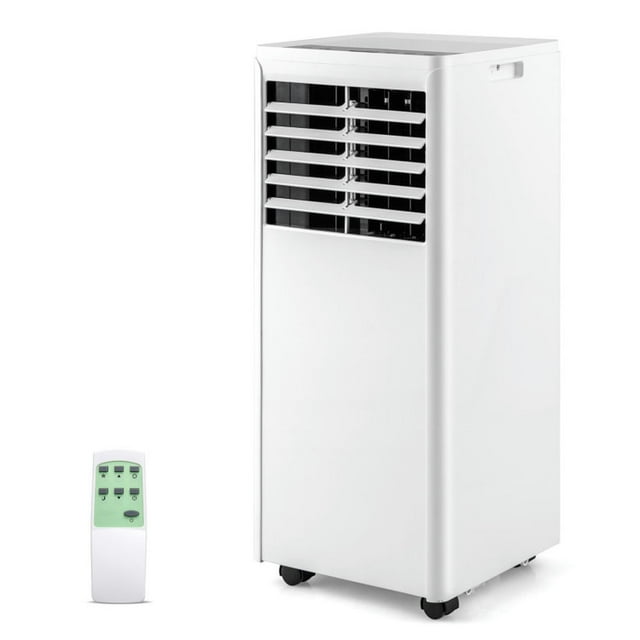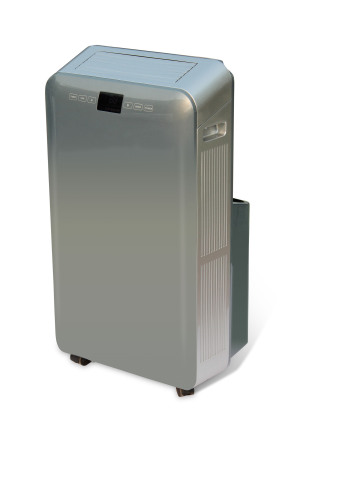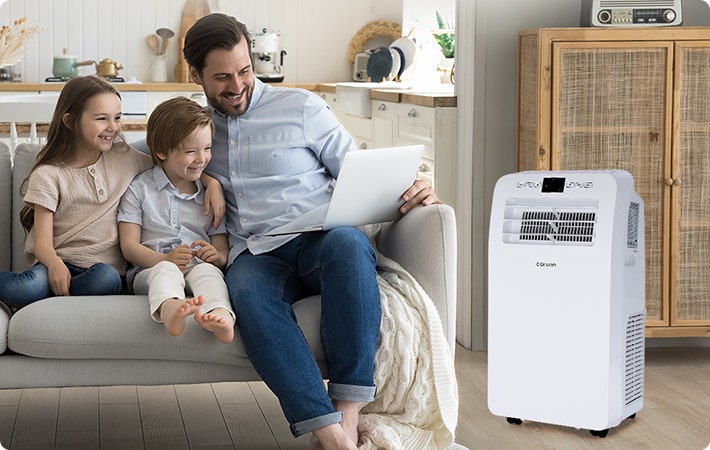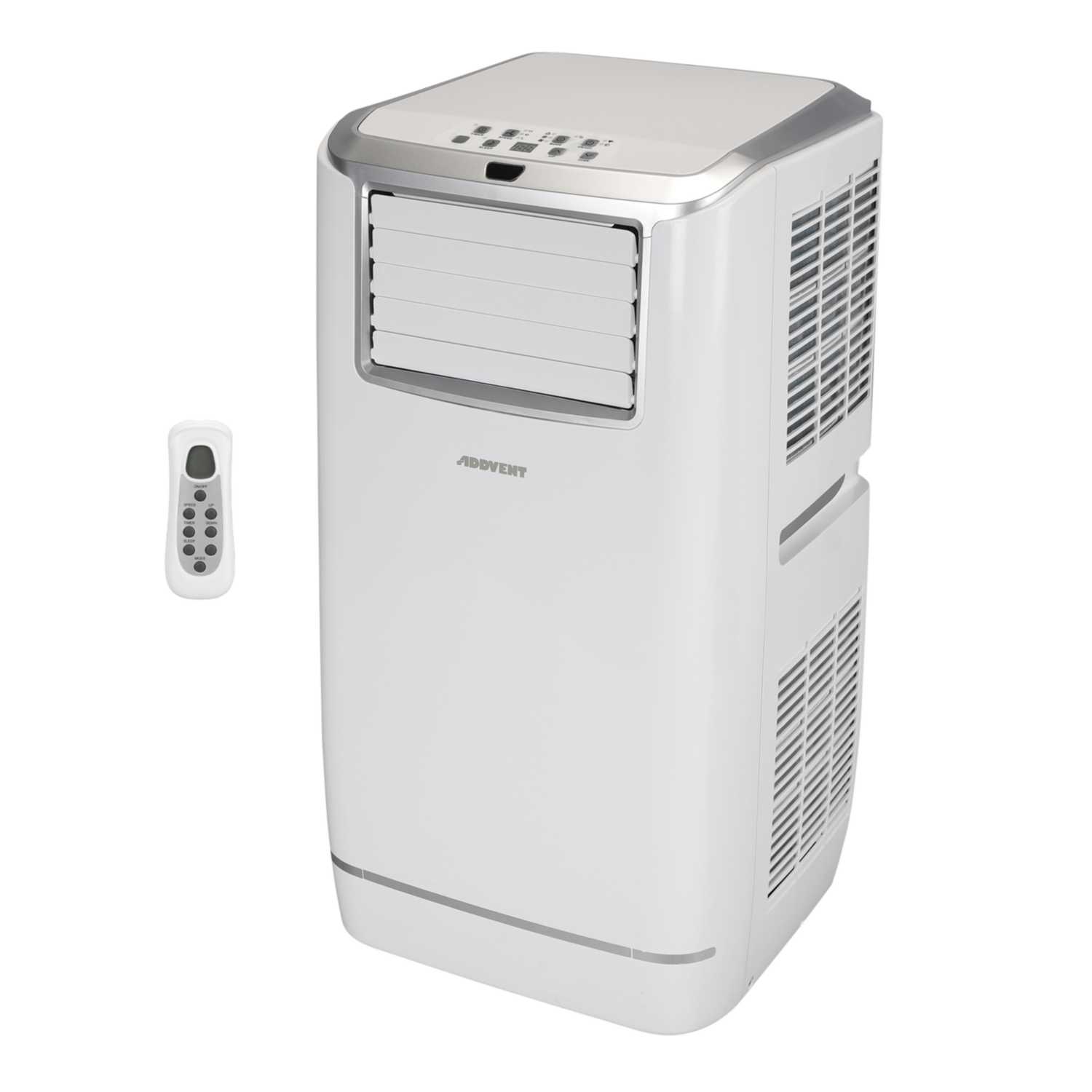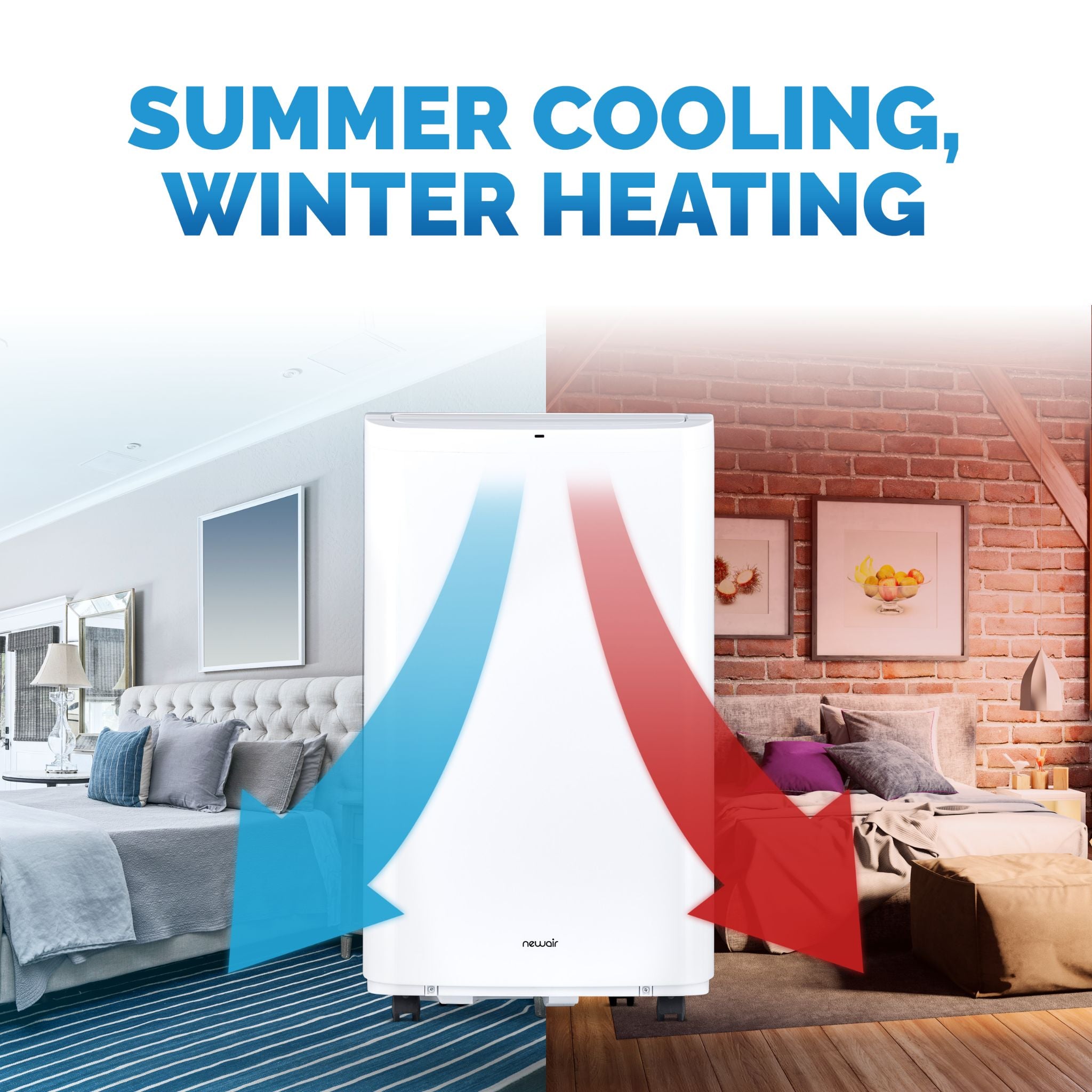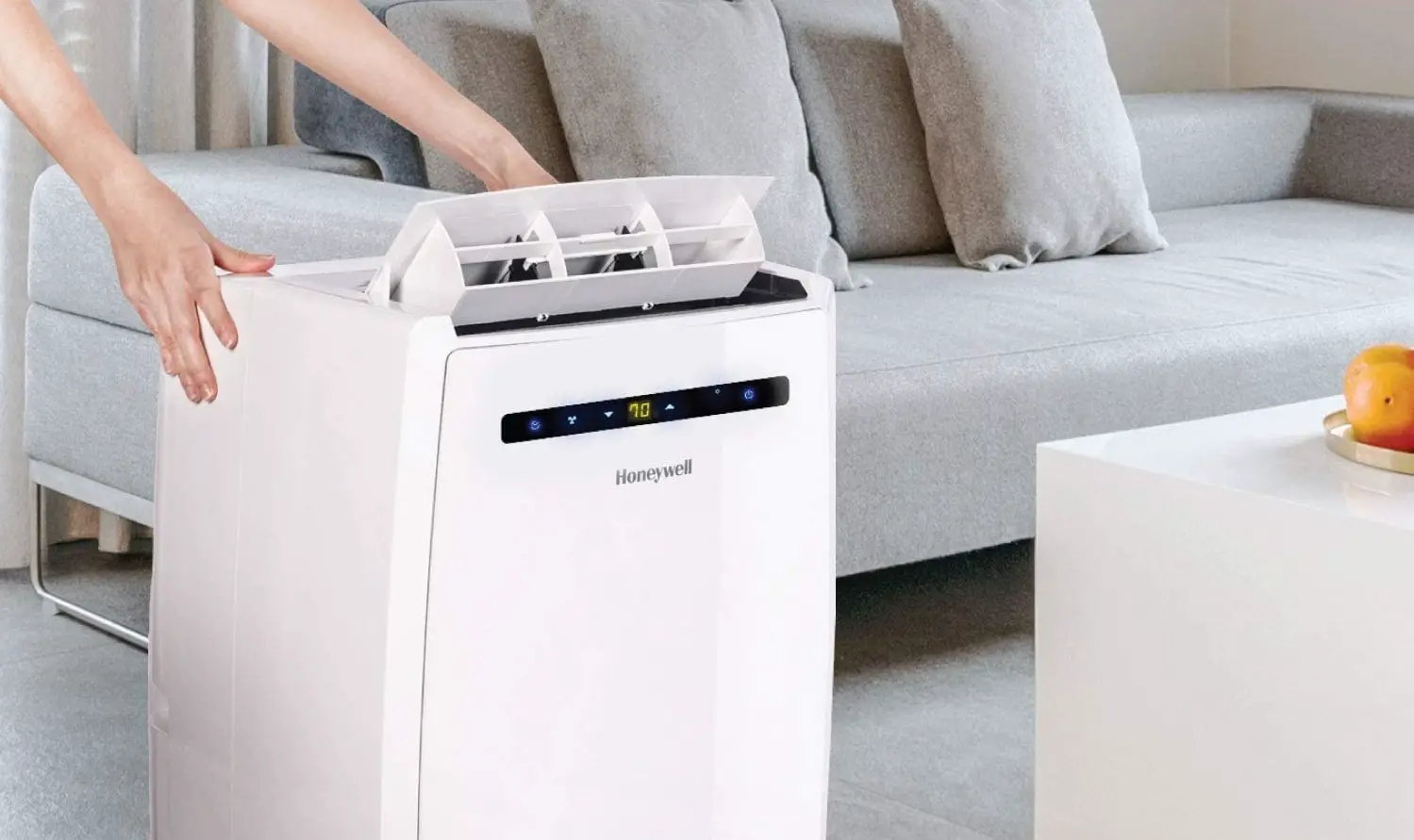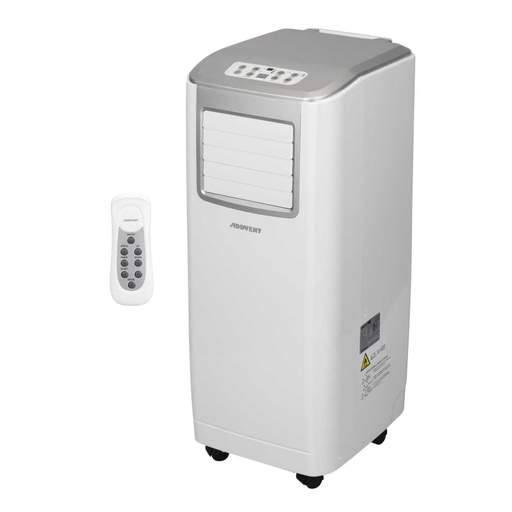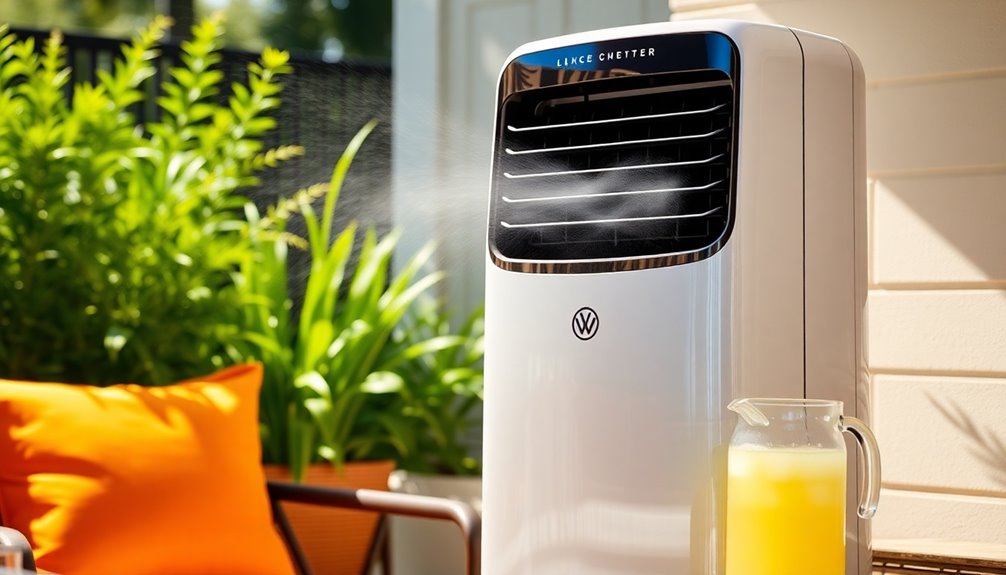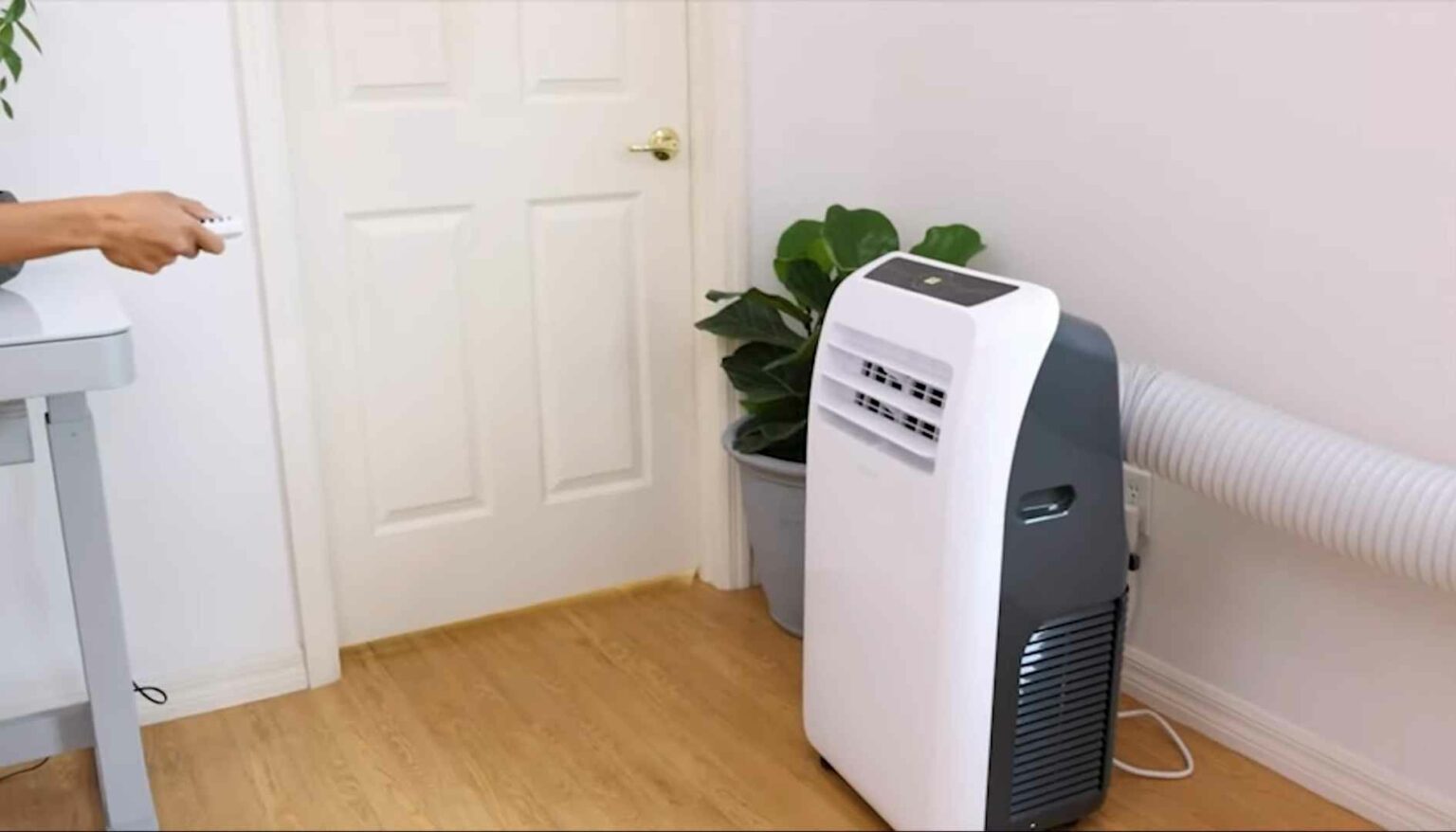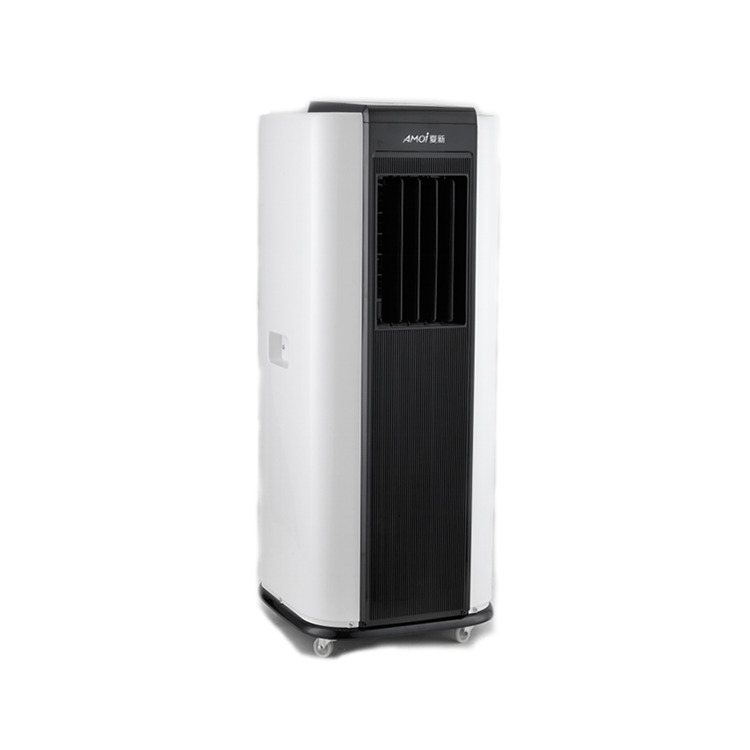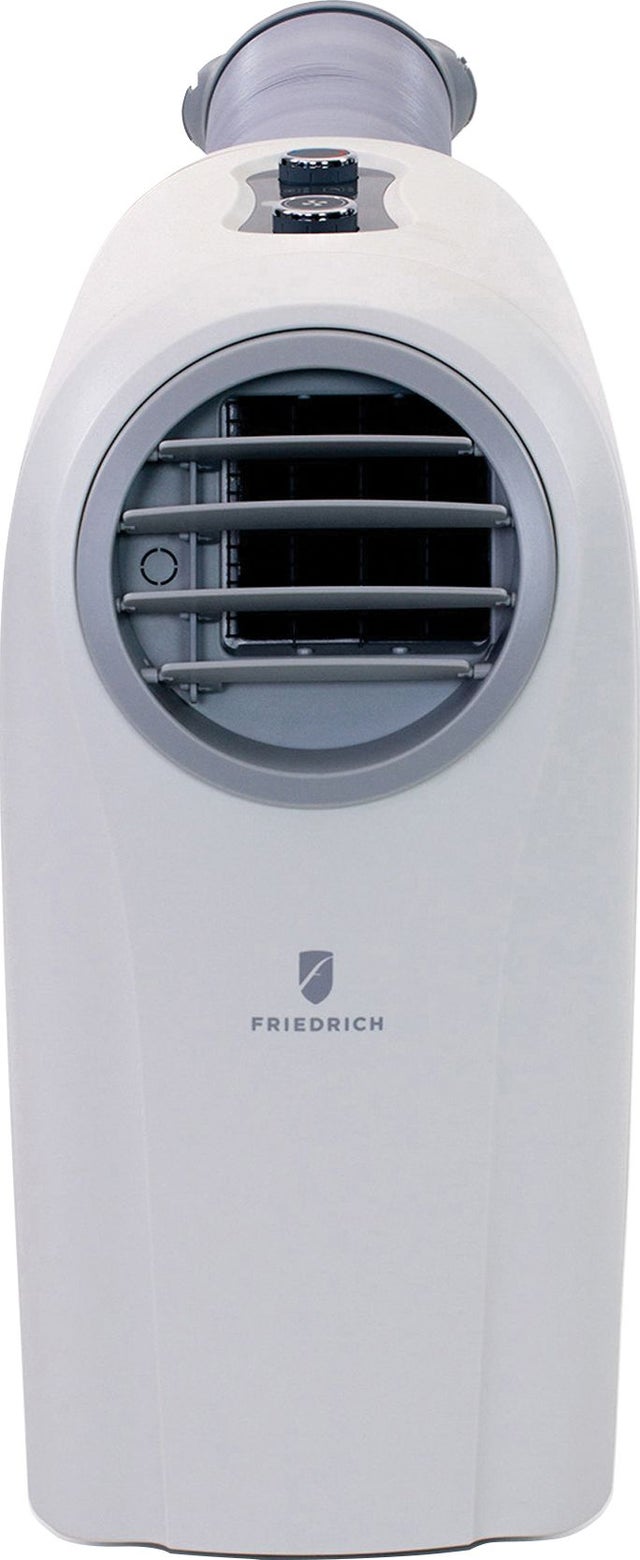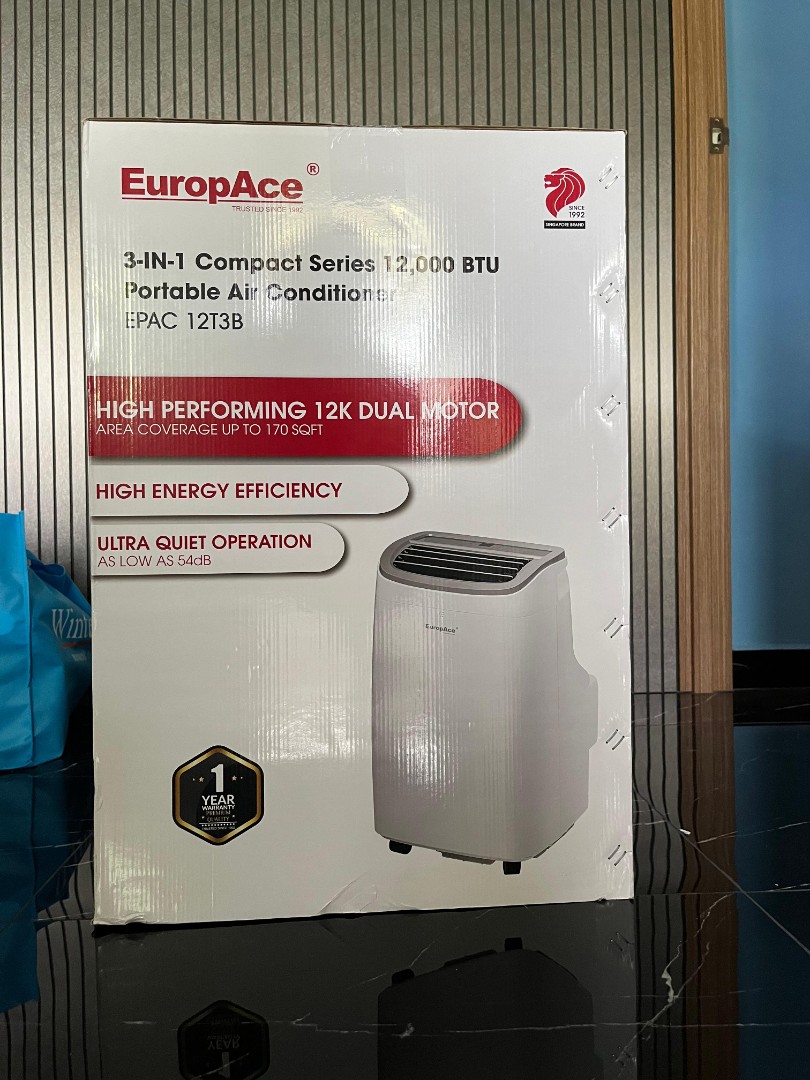Portable Air Conditioner With Self Evaporating System
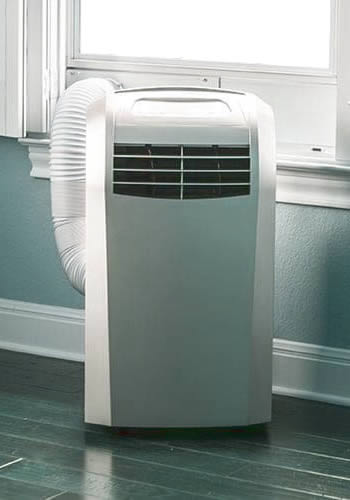
Imagine stepping into your home after a sweltering summer day, the air thick and heavy with heat. But instead of being greeted by a stuffy, uncomfortable atmosphere, you're met with a refreshing coolness that instantly melts away the day's stress. This isn't a dream; it's the reality many are now experiencing with the advent of portable air conditioners boasting a self-evaporating system.
These innovative cooling devices are changing the way we think about personal climate control. They offer a convenient, energy-efficient, and often more affordable alternative to traditional window units or central air conditioning, particularly for those living in apartments, small homes, or who simply want to cool specific rooms.
The Rise of Portable Air Conditioning
The concept of portable air conditioners isn't new. However, earlier models often required manual draining of collected water, a cumbersome and inconvenient task.
This is where the self-evaporating system comes in. This technology cleverly recycles the moisture collected during the cooling process, using it to cool the unit's coils and then expelling it as warm air through the exhaust hose. This reduces or eliminates the need for manual draining, making these units significantly more user-friendly.
The appeal of these units goes beyond mere convenience. Their portability allows users to move them from room to room as needed, concentrating cooling efforts where they're most desired. This flexibility is especially attractive to individuals living in multi-story homes or those with varying cooling needs throughout the day.
Understanding the Technology
At the heart of a portable air conditioner with a self-evaporating system is a closed-loop process. The unit draws in warm air from the room, passes it over refrigerant-filled coils, and cools it.
As the warm air cools, moisture condenses. In traditional units, this moisture collects in a tank that needs to be emptied regularly. In a self-evaporating system, this water is directed over the hot condenser coils. The heat evaporates the water, and the resulting vapor is expelled through the exhaust hose along with the hot air.
The efficiency of this process can vary depending on humidity levels. In very humid environments, some units may still require occasional draining. However, even in those conditions, the frequency of draining is significantly reduced compared to models without self-evaporating capabilities.
Benefits Beyond Convenience
The benefits extend beyond the elimination of manual draining. Portable air conditioners, in general, offer several advantages.
Energy Efficiency: Compared to cooling an entire home with central air, using a portable unit to cool a single room can lead to significant energy savings. This is particularly beneficial for individuals who spend most of their time in one or two rooms.
Ease of Installation: Unlike window units, which can be heavy and require careful installation, portable air conditioners are relatively easy to set up. They typically come with a window kit that allows the exhaust hose to be vented outside, and the unit itself can be easily moved and positioned.
Cost-Effectiveness: The initial cost of a portable air conditioner is often lower than that of a window unit or a central air conditioning system. Coupled with the potential for energy savings, this can make them a more affordable cooling solution in the long run.
Choosing the Right Unit
When selecting a portable air conditioner with a self-evaporating system, there are several factors to consider.
BTU Rating: The British Thermal Unit (BTU) rating indicates the cooling capacity of the unit. A higher BTU rating is suitable for larger rooms. It's crucial to choose a unit with an appropriate BTU rating for the size of the space you intend to cool. Too low and the unit will struggle to cool the room effectively, too high and it will waste energy.
Noise Level: Air conditioners can be noisy. Look for models with a lower decibel (dB) rating, especially if you plan to use the unit in a bedroom or office where noise sensitivity is a concern. Some manufacturers now offer "quiet mode" options.
Features: Consider features such as programmable timers, adjustable fan speeds, and remote controls. Some models also include dehumidifying functions, which can be particularly useful in humid climates.
Energy Efficiency Rating: Look for the Energy Star label to ensure the unit meets certain energy efficiency standards. While the initial cost may be slightly higher, Energy Star certified models can save you money on your electricity bill over time.
The Environmental Impact
While portable air conditioners offer individual comfort and convenience, it's important to consider their environmental impact.
Air conditioners, in general, consume energy and can contribute to greenhouse gas emissions, especially if the electricity source is derived from fossil fuels. Choosing an energy-efficient model and using it responsibly can help minimize this impact.
Furthermore, the refrigerants used in air conditioners can also have environmental consequences. Newer models are increasingly using more environmentally friendly refrigerants with lower global warming potentials (GWP). Look for units that use refrigerants like R-32 or R-290, which are considered to be more sustainable alternatives to older refrigerants.
"The key is responsible usage," says Dr. Emily Carter, an environmental scientist at Stanford University. "Choosing energy-efficient models, using them only when necessary, and properly maintaining them can significantly reduce their environmental footprint."
A Cooling Future
Portable air conditioners with self-evaporating systems represent a significant advancement in personal climate control. They offer a blend of convenience, energy efficiency, and cost-effectiveness that makes them an attractive option for a wide range of consumers.
As technology continues to evolve, we can expect to see even more innovative features and improved energy efficiency in these units. From smart home integration to even quieter operation, the future of portable air conditioning looks bright.
Ultimately, the appeal of these devices lies in their ability to provide personalized comfort and relief from the heat, without the complexities or expense of traditional cooling systems. They offer a tangible way to improve our daily lives, one cool breeze at a time. The market for these devices is expected to grow exponentially.

